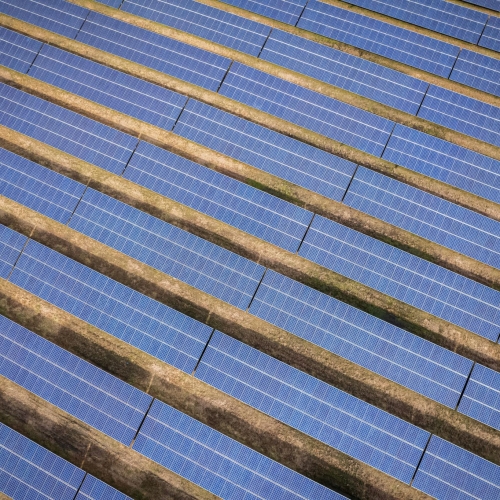
The increasing development of solar farms near airports has raised important considerations for aviation safety and operations. While solar energy offers a sustainable power source, it's interaction with aviation activities requires careful planning and management.
A significant impact of solar farms on aviation is the potential for glare. Pilots approaching or departing from an airport can experience temporary vision impairment due to reflections from large solar panels. This risk necessitates strategic placement and orientation of panels to minimise glare on nearby flight paths.
Additionally, solar farms can also influence radar systems. Large solar installations may cause radar reflections or scattering, potentially leading to false readings or interference. To address this, aviation authorities and solar developers must conduct thorough assessments to ensure that solar farm designs do not adversely affect radar operations.
Despite these challenges, solar farms can also benefit the aviation industry by providing airports with a green energy source, reducing carbon footprints and operational costs. With proper design and regulatory compliance, solar farms and aviation can, and do, coexist effectively.
At Aviation Projects, we rely on our extensive experience to provide aviation impact assessments of renewable energy projects and assist with project planning approvals. Contact us today.
Tags: Solar Energy, Solar Farm, Aviation Projects, Aviation Impact Assessment, Renewable Energy